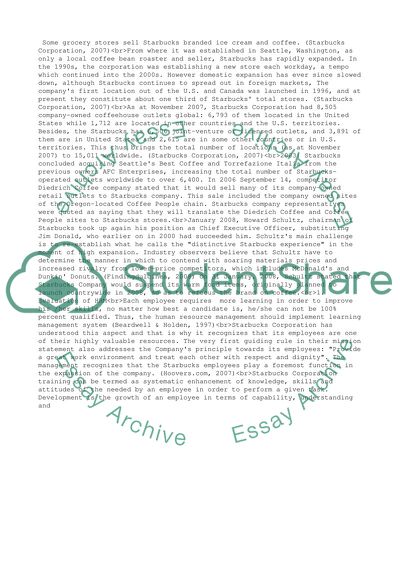Cite this document
(“Starbucks case study Example | Topics and Well Written Essays - 3000 words”, n.d.)
Starbucks case study Example | Topics and Well Written Essays - 3000 words. Retrieved from https://studentshare.org/business/1505811-starbucks-case-study
Starbucks case study Example | Topics and Well Written Essays - 3000 words. Retrieved from https://studentshare.org/business/1505811-starbucks-case-study
(Starbucks Case Study Example | Topics and Well Written Essays - 3000 Words)
Starbucks Case Study Example | Topics and Well Written Essays - 3000 Words. https://studentshare.org/business/1505811-starbucks-case-study.
Starbucks Case Study Example | Topics and Well Written Essays - 3000 Words. https://studentshare.org/business/1505811-starbucks-case-study.
“Starbucks Case Study Example | Topics and Well Written Essays - 3000 Words”, n.d. https://studentshare.org/business/1505811-starbucks-case-study.


